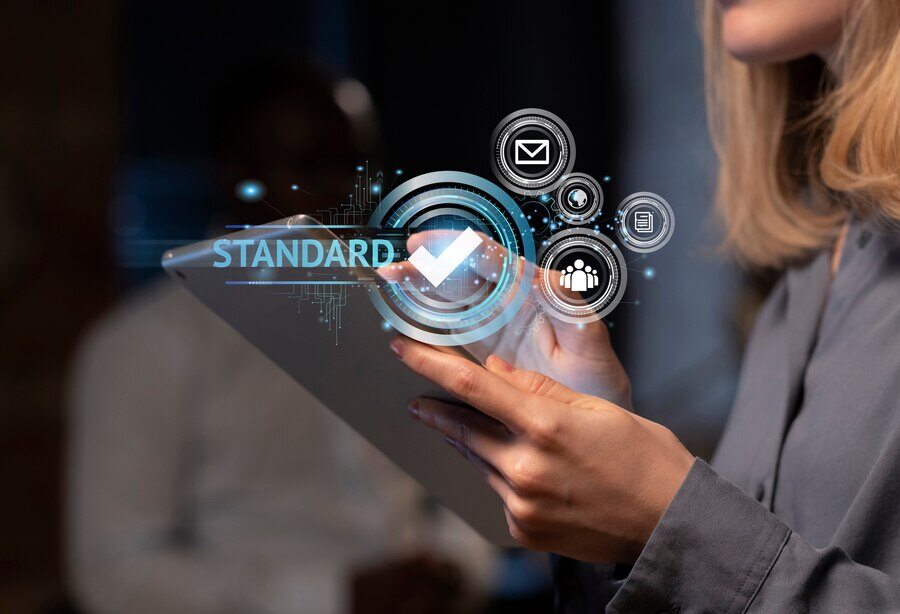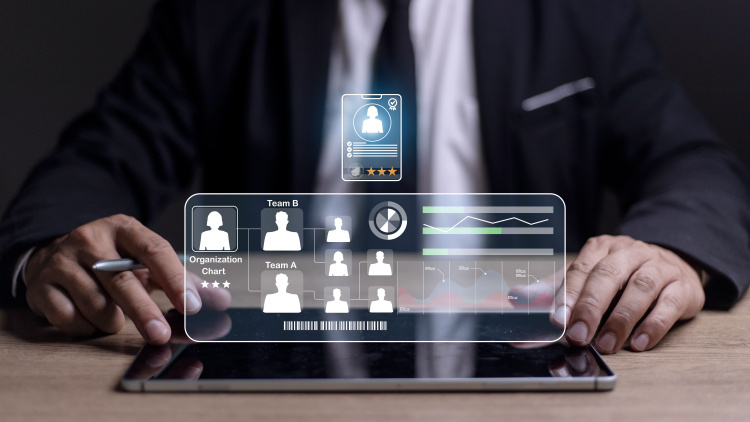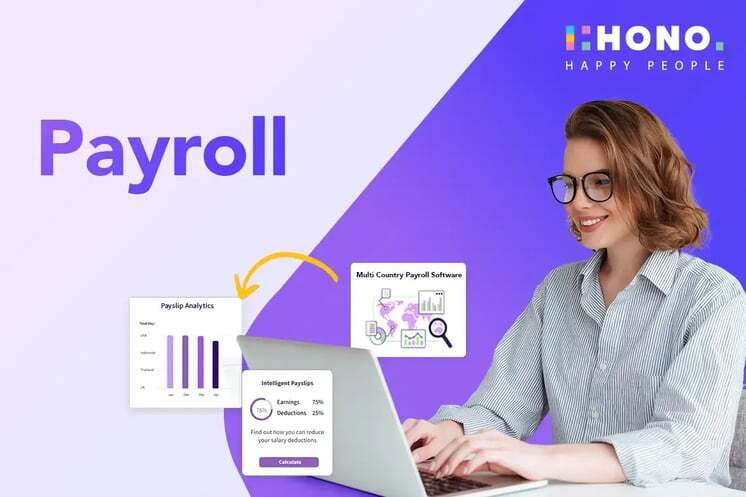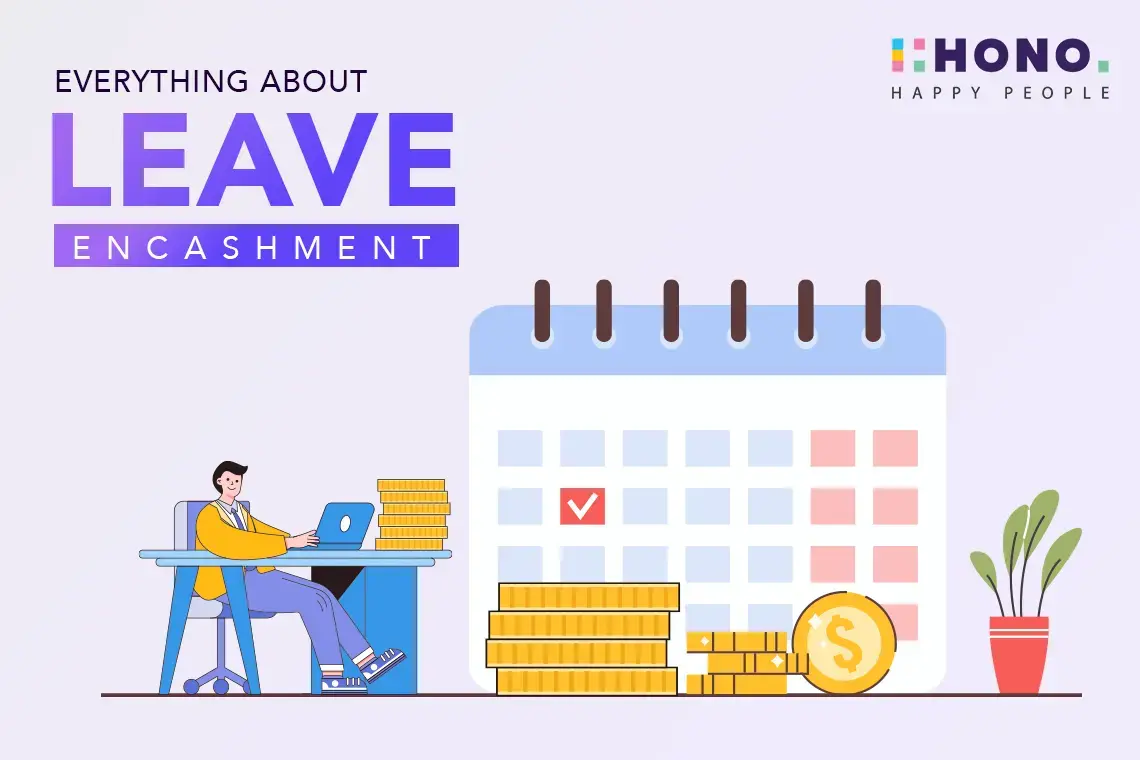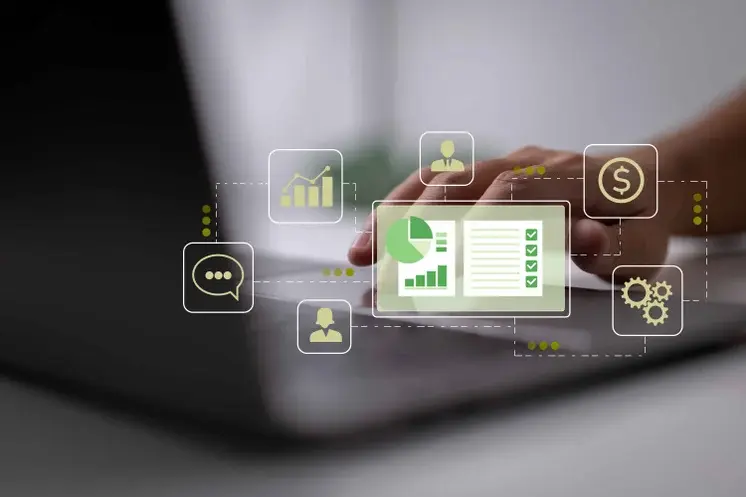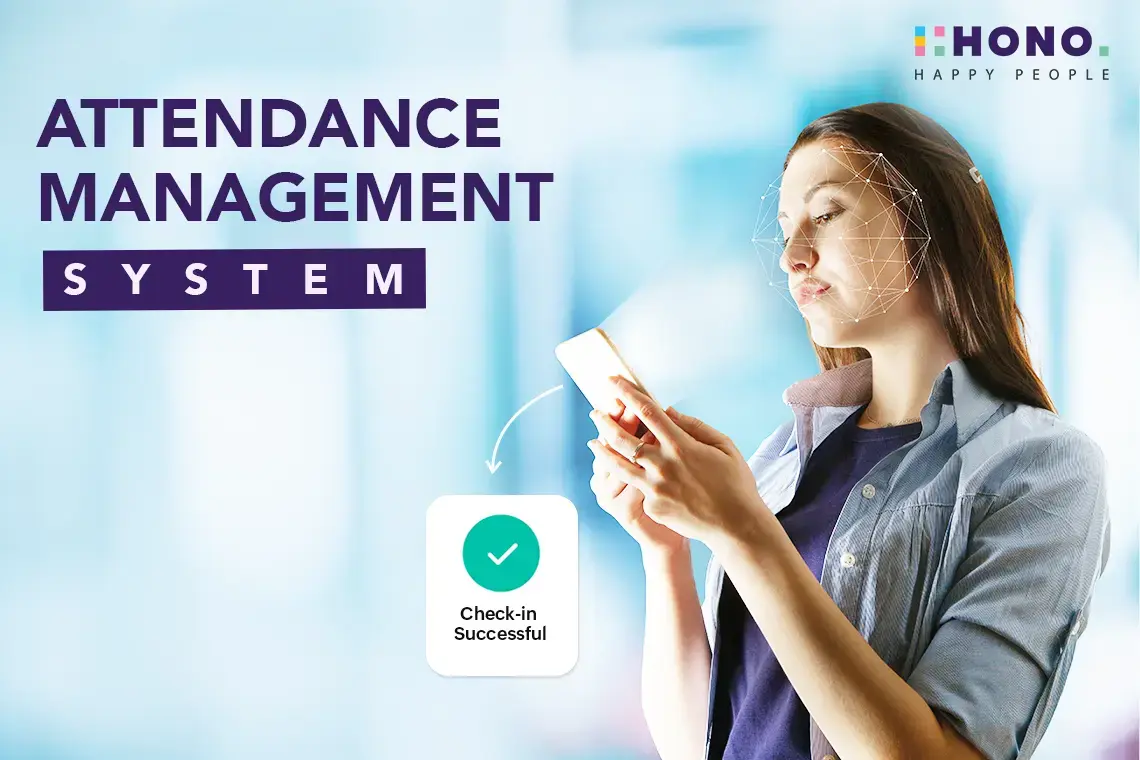What is an Employee Onboarding Software?
Employee onboarding software is a digital solution designed to automate and streamline the onboarding process. It simplifies tasks like document submission, compliance forms, training schedules, and orientation programs. The software often includes features like digital signatures for paperwork, self-paced training modules, and communication tools for connecting with new hires.
By automating administrative tasks, onboarding software helps HR departments reduce the time spent on manual work and ensures a smooth and consistent experience for all new employees.
Onboarding Process Overview
Onboarding is the process of integrating new employees into an organization. It starts as soon as a candidate accepts the job offer and continues until the employee becomes familiar with the company's culture, processes, and expectations. Effective onboarding helps employees feel welcomed and ready to contribute to the company’s success. This process typically includes completing paperwork, setting up workstations, training, and introducing the employee to the team and their role.
A well-structured onboarding process sets the tone for the employee’s experience and can influence job satisfaction, retention, and productivity.
Benefits of Using Technology for Onboarding Employees
Using technology for onboarding provides several advantages for both employers and new hires:
- Efficiency: Automates routine tasks, such as document collection and training scheduling, saving time for HR teams.
- Consistency: Ensures every new employee goes through the same onboarding process, creating a uniform experience across the organization.
- Reduced Errors: Minimizes human errors in paperwork and scheduling, improving accuracy.
- Remote Capability: Supports remote and hybrid work setups by allowing new hires to complete onboarding tasks from anywhere.
- Better Engagement: Helps employees feel welcomed with interactive training, company introductions, and easy access to necessary resources.
- Faster Integration: Speeds up the process of getting employees up to speed, allowing them to contribute more quickly.
Key Features of Employee Onboarding Software
A good employee onboarding software comes with several key features to ensure the process is seamless and effective:
- Document Management: Allows new hires to complete necessary forms and sign documents electronically.
- Task Management: Organizes onboarding tasks for HR and new hires, ensuring nothing is overlooked.
- Training Modules: Provides access to training materials and company resources, allowing employees to start learning immediately.
- Communication Tools: Facilitates communication between HR, managers, and new employees, ensuring that they feel supported throughout the process.
- Reporting and Analytics: Tracks onboarding progress and generates reports to measure the effectiveness of the onboarding process.
- Customizable Workflow: Tailors the onboarding experience to fit the specific needs of the company and the role of the new hire.
Read Here: Top Features of Employee Onboarding Software
Conclusion: Streamlining Success with Employee Onboarding Software
Onboarding software is an essential tool for any organization aiming to simplify and enhance the onboarding experience. It boosts efficiency, reduces manual tasks, and ensures that new hires are set up for success from day one. By adopting the right employee onboarding software, companies can create a positive first impression, improve employee satisfaction, and pave the way for long-term growth and retention.
To make your onboarding process smoother and more efficient, explore how HONO can help transform your HR operations. Learn more about HONO here.


